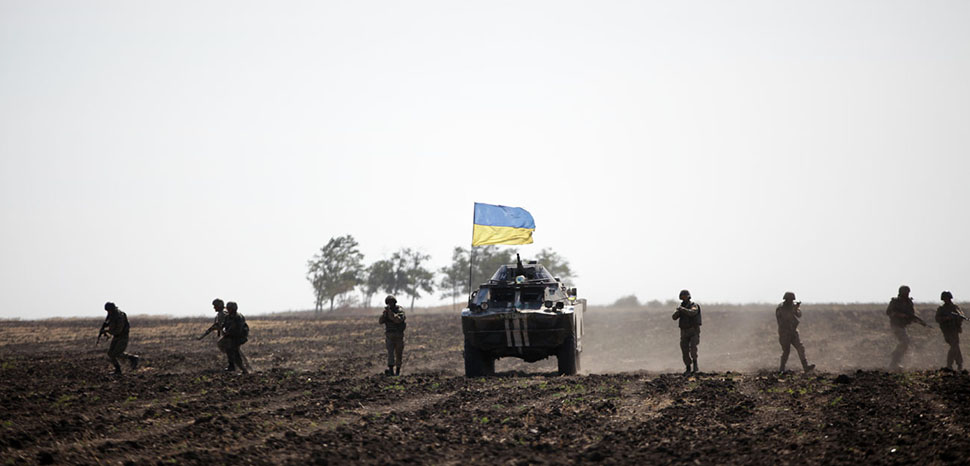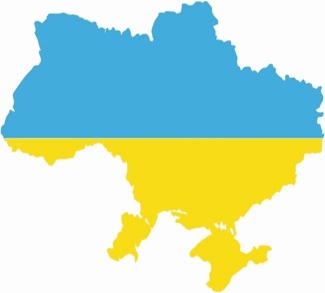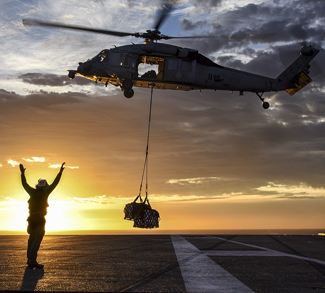War is imminent. Despite a White House about-face to the contrary, that seems to be the prevailing battle-station consensus among many beltway politicians, television pundits and world leaders alike, as they insist on an aggressive U.S. response to the deepening crisis on the Russian-Ukrainian border. Secretary of State Anthony Blinken has denied any “alarmism” at play, but the hue and cry is reminiscent of the much more divisive lead-up to the disastrous Iraq War, which destabilized the very region it sought to “democratize.” As the U.S. embroiled itself in conflicts across the Middle East, Central Asia, and Africa, Russian President Vladimir Putin spent much of that same period quietly transforming Russia into the first secret police state in history actually run by the secret police. He did this by leveraging his own background in the security services to consolidate his power, stacking the Kremlin deck with all his KGB aces. It is this cadre, known as the siloviki, “the persons of force,” all veterans of Russia’s security establishment, that has kept Putin comfortably shacked up in the Kremlin for the past twenty years. This cadre that helped him rebuild the Russian military into the formidable fighting force threatening Ukraine today, as the former Soviet republic pursues NATO membership, turning it into a nuclear powder keg whose fuse is already lit.
The 2014 annexation of Crimea proved Russia’s resolve to reassert its traditional sphere of influence in the face of NATO expansion. NATO’s so-called “Line of Defense” is a geopolitical point of offense for Moscow. President Biden has just deployed 3,000 troops, including the crack 82nd Airborne, into Eastern Europe, reaffirming what the president called America’s “sacred obligation” to NATO’s Article 5—that an attack on one member is an attack on all. But Ukraine is not a NATO member. So why should the United States risk nuclear war with Russia to protect it?
In the classic thriller The Hunt for Red October, actor Scott Glenn, playing a hard-nosed American sub skipper, notes, “The hard part about playing chicken is knowing when to flinch.” So when should Washington flinch on its current collision course with the Kremlin? This is a very delicate game of brinksmanship, one in which the stakes could not be higher between the two most nuked-up nations in the world, but which U.S. decision-makers seem to be playing according to the rules of blind man’s bluff. The U.S. never came close to risking war over Hungary in 1956 or Prague in 1968. For good reason: it was not in our national interest to do so. Only when the Soviets deployed missiles to Cuba, ninety miles from our coastline, did Washington rightfully kickup a potential DEFCON-1 fuss.
Despite the hysteria over the 125,000 troops that Russia has amassed along the Ukrainian border, that number is nowhere near enough to take the entire country, let alone Eastern Europe. Biden’s recent “gaffe” that any Russian military operation might take the form of a “minor incursion” is probably his smartest statement on the matter. Most likely, if Putin does invade, he will move to pacify the Donbas, where his troops would be mostly welcome with open arms, as they were in Crimea back in 2014. This could play to Washington’s favor, driving the rest of Ukraine further into the Western fold, as happened in the wake of Crimea’s annexation. If an invisible Iron Curtain were to descend across Ukraine, splitting the country along pro-Western and pro-Russian lines, this could provide the perfect jumping off point for aggressive covert operations against Moscow, something along the lines of Operation Cyclone, the CIA-led program to arm the mujahideen during the Soviet war in Afghanistan, allowing NATO to forward project on the clandestine sly while working on the surface to ease diplomatic tensions.
The jingoists banging their war-drums in Washington would be appalled at such a suggestion; but their moral histrionics and oversimplified view of Russia, and Putin in particular, act as what poker players call a “tell”—like someone twisting their ring whenever they bluff—revealing them to be out of their depth. As they were on Iraq. And Libya. And Afghanistan. Except here the stakes are much higher; and once again, it won’t be their children who fight this war. It will be the children of the same working-class Americans they sneer at—those who inhabit “flyover country.” It will be the youngest and poorest Americans who gear up in NBC suits to fight through a radioactive murk. Unless cooler heads prevail over the beltway bluster. Even Ukraine’s leaders are begging off. In a press conference following a recent call with Biden, Ukrainian President Zelensky said he disagreed with U.S. intelligence estimates that war is imminent. Zelensky is reportedly the one who advised Biden to tone down the rhetoric. “We don’t need this panic,” he said.
No, Mr. President, we certainly do not.
Alex Holstein is the co-author of Warfighter: The Story of an American Fighting Man, due out May15, 2022, from Lyons Press. He holds an MSc in Russian and Post-Soviet Studies from the London School of Economics, where he wrote his thesis on the Soviet KGB.
The views expressed in this article are those of the authors alone and do not necessarily reflect those of Geopoliticalmonitor.com




